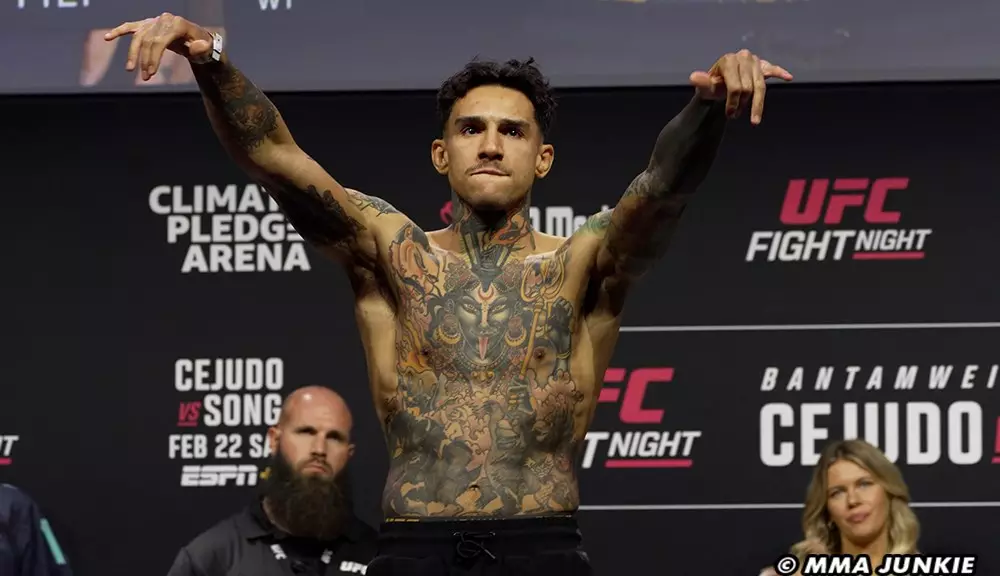The recent UFC Fight Night 252 event, held in Seattle’s Climate Pledge Arena, highlighted not only the athletic prowess of its fighters but also the financial structure of compensation available through the UFC’s Promotional Guidelines Compliance program. Totaling a significant $185,000, the payouts represent a shift in how fighters are compensated, moving away from the previous Athlete Outfitting Policy to a more structured and tiered compensation model. This initiative aims to ensure that fighters adhere to media obligations, outfitting requirements, and conduct standards while rewarding them accordingly for their efforts.
Payout Structure Based on Experience and Visibility
One of the defining features of the UFC Promotional Guidelines Compliance program is its tiered payout system, which is intimately tied to the level of exposure and experience a fighter brings into the octagon. With fighters earning anywhere from $4,000 to $21,000 based solely on their total number of bouts in the UFC, as well as their history with Zuffa-era promotions like WEC and Strikeforce, this structured approach offers a transparent way to gauge compensation. New fighters with 1-3 bouts can expect a modest $4,000, while veterans with over 21 bouts can pocket a considerably larger sum of $21,000 for their experience.
Moreover, champions and title challengers receive even more favorable compensation of $42,000 and $32,000 respectively, adding a layer of incentive for fighters striving for titles. This not only encourages longer careers within the organization but promotes a competitive atmosphere where fighters are consistently pushing to improve and achieve higher rankings.
Long-Term Benefits: Royalties on Merchandise
Another vital aspect of the UFC promotional guidelines is the new royalty payment structure, which provides fighters with a potential continuous revenue stream. This 20-30% royalty from any merchandise sold featuring a fighter’s likeness is a progressive move. It acknowledges the brand power of individual fighters in a sport driven by personalities as much as by athleticism. It also presents an opportunity for fighters to grow their personal brands in alignment with the UFC’s broader marketing initiatives.
However, it’s crucial to address the longevity of this payout structure. While it offers immediate financial incentive, fighters must also invest time and effort into cultivating their public persona to fully capitalize on this aspect of their income. It raises questions about the balance between athletic focus and off-cage activities, forcing fighters to become proficient not only in sports but also in personal branding.
The financial landscape for UFC fighters is undeniably shifting, and events like Fight Night 252 exhibit the significance of the UFC Promotional Guidelines Compliance program. With a structured payout system based on individual merit and experience alongside long-term revenue opportunities via merchandise royalties, fighters are now better positioned to capitalize on their careers both in and out of the octagon. While the financial incentives are promising, the true measure of success will ultimately depend on each fighter’s ability to adapt and thrive in an increasingly commercialized sport. This new structure raises not just financial stakes, but also questions about the evolving roles and responsibilities of contemporary athletes within the UFC framework.

